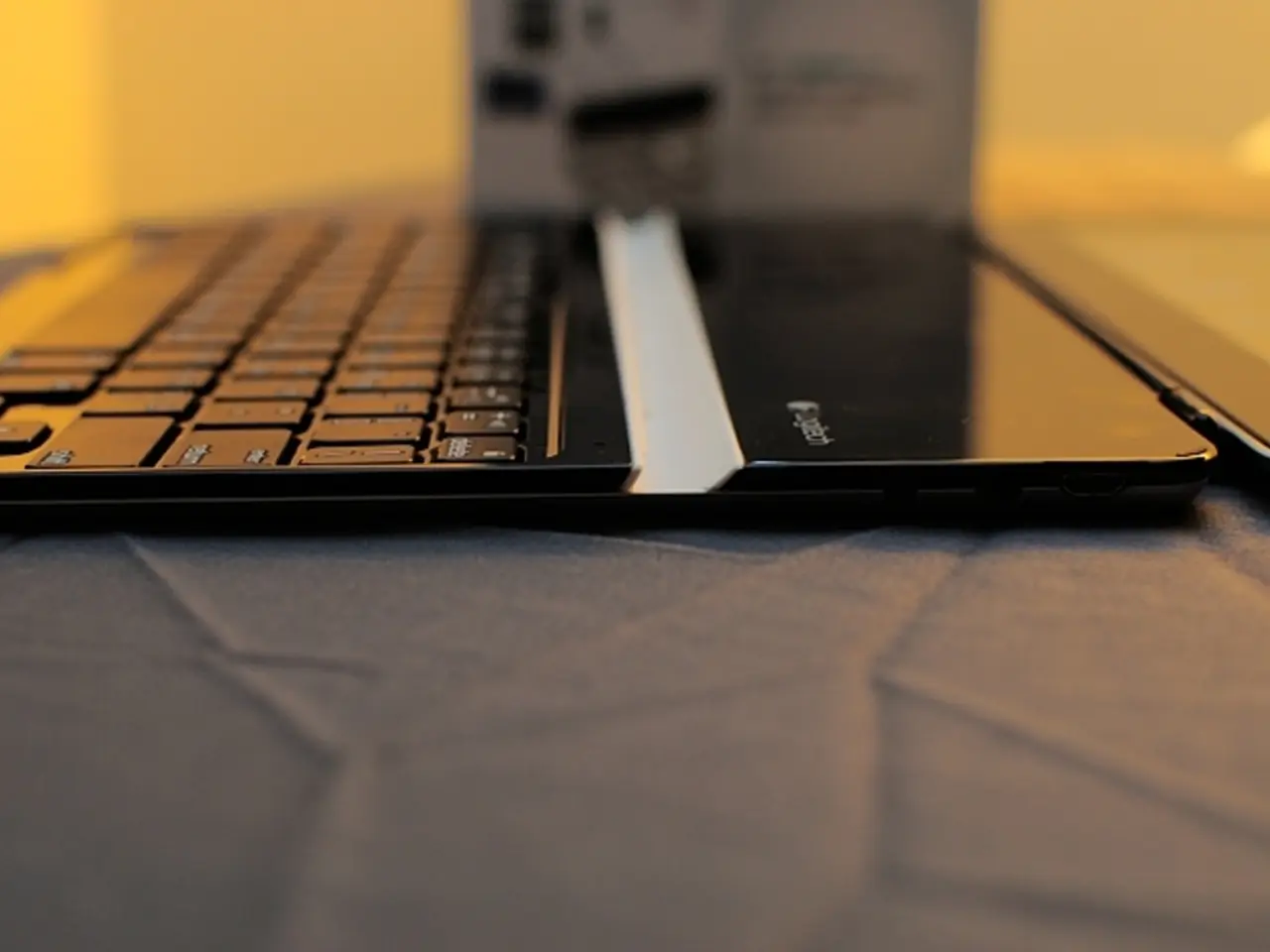Detailed Instructions for Adjusting Telescope Focal Lengths
In the captivating world of astronomy, the choice of focusers for your telescope plays a significant role in your observing experience. From the smallest 0.965-inch to the largest formats, each size offers unique advantages and disadvantages.
For those using older or more basic telescopes, the 0.965-inch focusers are common. Their smaller size means smaller, less expensive eyepieces, making them an attractive choice. However, the limited barrel size restricts the maximum field of view and image brightness, as fewer light rays can pass through. Moreover, the availability of high-quality eyepieces in this size is dwindling, making it harder to find good optical accessories.
The 1.25-inch focusers have emerged as the most popular and widely used standard today. They offer a good balance of field of view, brightness, and eyepiece availability. Most manufacturers produce a wide range of eyepieces, diagonals, and filters to fit 1.25-inch focusers, making them very versatile for amateur astronomers. Despite being slightly narrower in field of view compared to 2-inch focusers, they remain the preferred choice for many due to their broad compatibility and optical performance.
Stepping up to 2-inch focusers, you'll find larger barrel sizes that allow for wider apparent fields of view and better light throughput, resulting in brighter and more expansive views of celestial objects. These focusers support larger, wider-field eyepieces, ideal for deep-sky observing and wide-field astrophotography. However, eyepieces and accessories for 2-inch focusers tend to be more expensive and heavier, and not all telescopes support 2-inch focusers, limiting compatibility.
For specialized astrophotography or very large telescope setups, larger formats such as 3-inch and above provide the widest fields of view and the brightest images. However, these sizes are much rarer and more costly. The size and weight of eyepieces, diagonals, and accessories increase significantly, making the setup less portable and more expensive.
When it comes to installing focusers, external focusers on catadioptric telescopes screw onto the back of the telescope, requiring no explanation. On Newtonian reflectors, if the new focuser and old focuser body do not have the same screw hole pattern, drilling a few additional holes in the tube may be necessary.
For those seeking finer control, dual-speed focusers offer a second small knob operating on a different gear ratio, typically 1:10. Brands like Starlight Instruments sell Feather Touch dual-speed knobs for many commercial catadioptrics. While these dual-speed knobs can be expensive, they are certainly worth it for those who do a lot of high-magnification observing or planetary imaging.
In conclusion, choosing the right focuser size depends on your telescope type and observing goals. For most beginners and intermediate users, 1.25-inch focusers provide the best balance of cost, compatibility, and optical performance. Larger focusers like 2-inch are preferred for wide-field deep-sky viewing and astrophotography, especially on larger telescopes such as 8” Dobsonians which often come with 2-inch focusers to take advantage of those benefits.
[1] Starlight Instruments sells a Feather Touch planetary gear knob for many Schmidt-Cassegrain and Maksutov-Cassegrain models. [2] A dual-speed knob from Starlight Instruments is expensive but certainly worth it if you do a lot of high-magnification observing or planetary imaging. [3] To retrofit a new focuser onto most refracting or reflecting telescopes, an adapter flange is often required. [4] The thumbscrew method of clamping an eyepiece is more straightforward but can sometimes damage the eyepiece's finish and doesn't provide as secure a grip as a compression ring.
- Starlight Instruments offers a Feather Touch planetary gear knob for various Schmidt-Cassegrain and Maksutov-Cassegrain models, catering to advanced users.
- A dual-speed knob from Starlight Instruments is expensive but worth the investment for those who do extensive high-magnification observing or planetary imaging.
- When trying to retrofit a new focuser onto refracting or reflecting telescopes, an adapter flange is often necessary.
- While the thumbscrew method of clamping an eyepiece can be simpler, it may damage the eyepiece's finish and does not provide as secure a grip as a compression ring, especially during intensive usage.
- Advanced telescope enthusiasts might be interested in the field of astrophotography, with refractor and reflector telescopes offering superior optics for capturing images of distant celestial bodies like the moon.
- The combination of telescopes, eyepieces, diagonals, filters, and electronic gadgets fall under the category of astronomy gadgets, together supporting the vast and fascinating science of astronomy.
- The reflector telescope, a popular among amateur astronomers, features a large field of view, ideal for capturing broad views of the cosmos through astrophotography.
- The technology behind telescopes has evolved significantly over time, leading to advancements in fields such as manual and automated focusing mechanisms, computerized GoTo mounts, and improved optical components like specialized eyepieces and premium refractor lenses.



